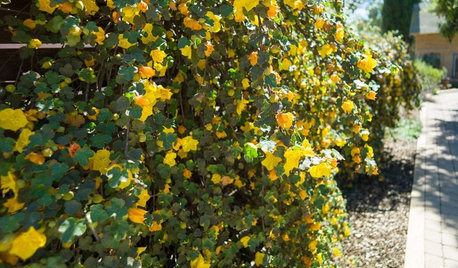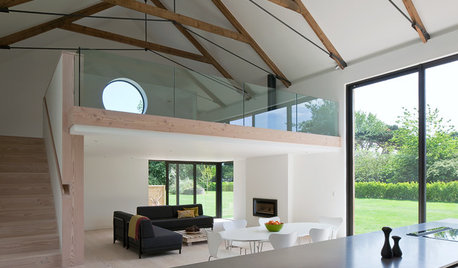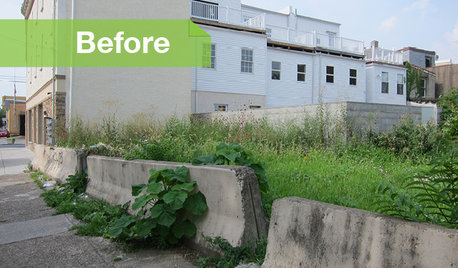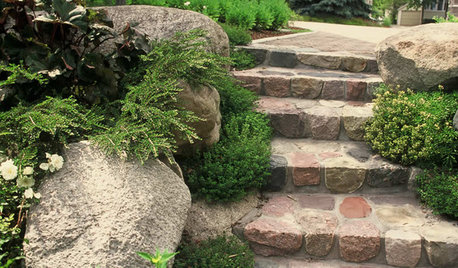Do some tomato plants need pruning?
sheeshshe1
13 years ago
Related Stories

GARDENING GUIDESGot Frost-Damaged Plants? How It Happens, and When and How to Prune
Crispy brown leaves are a sure sign that Jack Frost has been to your neighborhood
Full Story
GARDENING GUIDESTidy Up Sprawling Native Shrubs With These Pruning Tips
Sound horticultural pruning methods work for native and nonnative plants alike
Full Story
EDIBLE GARDENSSummer Crops: How to Grow Tomatoes
Plant tomato seedlings in spring for one of the best tastes of summer, fresh from your backyard
Full Story
WINTER GARDENINGPruning Secrets for Exquisite Roses
Encourage gorgeous blooms year after year with this time-tested advice on how to prune your rosebush in winter for health and shape
Full Story
GARDENING GUIDESHow to Prune Your Flowering Shrubs for the Best Blooms
Less is often more when it comes to properly pruning flowering shrubs. Here’s what to do and why
Full Story
ARCHITECTUREHouzz Tour: Fresh Ideas in a Former Tomato Packing Shed
A formerly metal-clad structure is now a beautiful wood home designed to capture the light and preserve open space
Full Story
LIFEKitchen Traditions: Tomato Season Meets a Family Legacy
Somewhere a Sicilian great-great-grandmother is smiling at a bowl of American-made sauce
Full Story
URBAN GARDENSGarbage to Garden: A Vacant Philly Lot Gets Some Green-Thumb Love
Transformed by an artist, this once-derelict urban property is now a tranquil garden with living walls
Full Story
HOUSEPLANTSPlay Up Some Fiddleleaf Figs for a Lively Indoor Tune
Strike a dramatic chord in a minimalist scene or a country note in a rustic setting — fiddleleaf fig plants harmonize with any style
Full Story
EDIBLE GARDENSHerb Garden Essentials: How to Grow Thyme
Common thyme and its flavorful cousins are anything but ordinary in the garden
Full Story



bigdaddyj
digdirt2
Related Discussions
Planting beans next to tomatoes - Do I need a barrier?
Q
Would like to do some hard pruning--need advice on species/cuts
Q
Do you prune tomato plants? My results
Q
Prune tomato plant in lower sun conditions?
Q
wordwiz
taz6122
trudi_d
sheeshshe1Original Author
loswan
beebiz1960
scubastan
mickyfinn6777
sheeshshe1Original Author
carolyn137
digdirt2
homegardenpa
sheeshshe1Original Author
carolyn137
digdirt2
sheeshshe1Original Author
beebiz1960
mickyfinn6777
taz6122
eplina
sheeshshe1Original Author
taz6122
beebiz1960
beebiz1960
sheeshshe1Original Author
homegardenpa
sheeshshe1Original Author
digdirt2
Mad Ferret
sheeshshe1Original Author
mickyfinn6777
bmerryman
taz6122
qaguy
mickyfinn6777